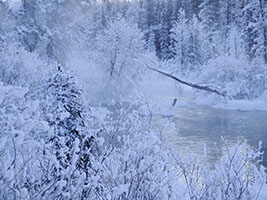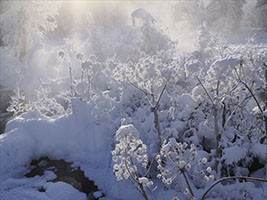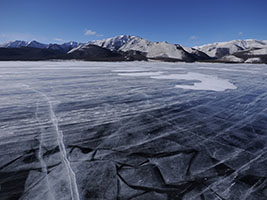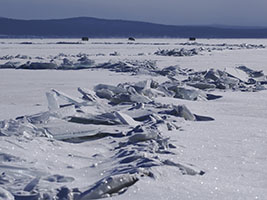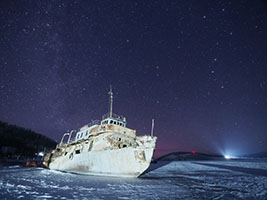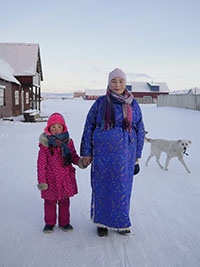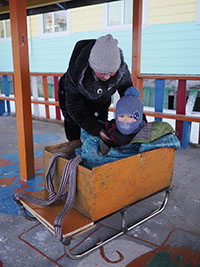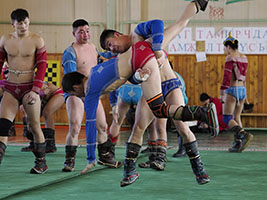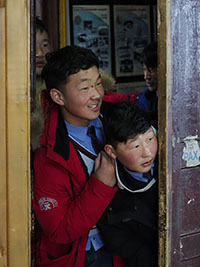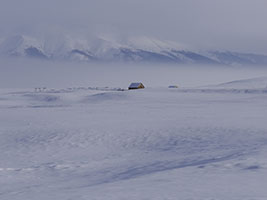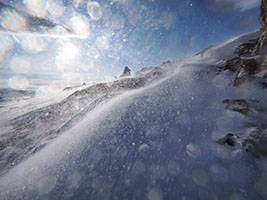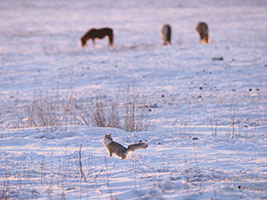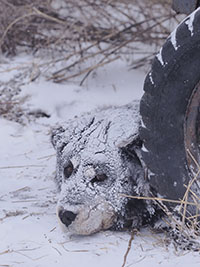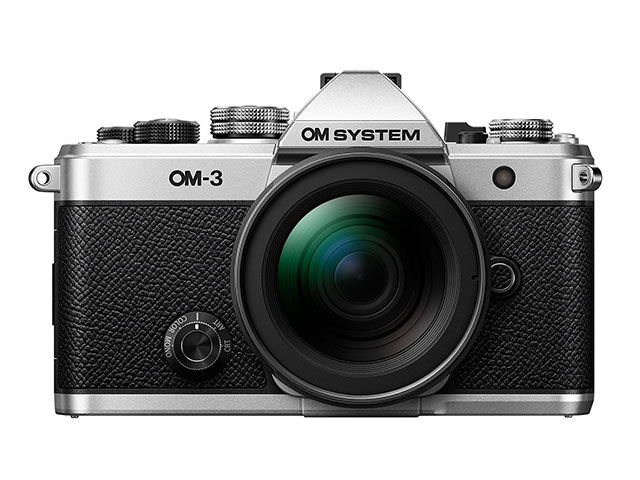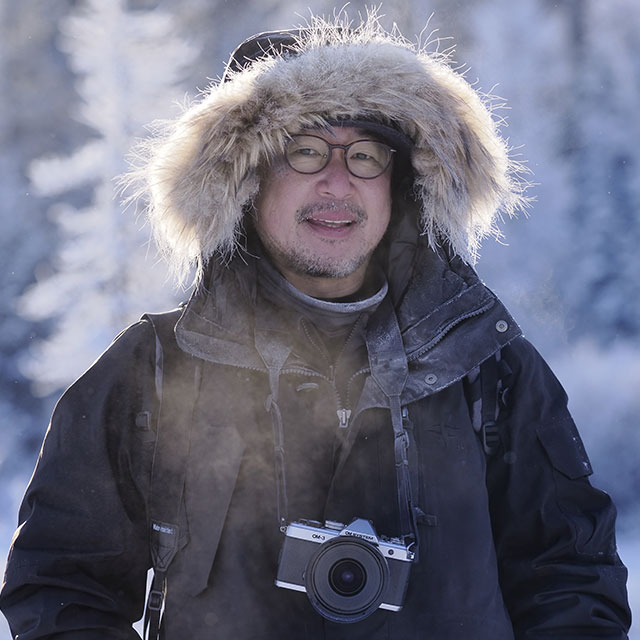
Tetsuro Shimizu

Tetsuro ShimizuJapan
Born in Yokohama City in 1975. After graduating from the Nippon Photography Institute, Shimizu worked as an assistant to photographer Toshinobu Takeuchi for three years and then began freelancing at 23. Active in a wide variety of genres including nature to snapshots and documentary photos with a unique point of view. His photo collections include CHANGE, New Type, Otamajakushi Genetic Memory (Tadpoles’ Genetic Memory), Wadachi (Track), Tokyo Karasu (Tokyo Crows), and the photo essay Umatabi - Mongoru 20 Nenkan Shuzai Shita Shashinka no Kiroku (Journey on Horseback - The Journal of a Photographer Covering Mongolia for 20 Years). Holds many individual exhibitions. Main awards include the 1st Yonosuke Natori Photography Award, the 2014 Photographic Society of Japan Newcomer’s Award, and the 2016 Sagamihara Photography Newcomer Honorable Mention Award. He is a director of the Japan Professional Photographers Society and a part-time lecturer in the Department of Photography, College of Art, Nihon University.

On arrival at Ulaanbaatar, the capital of Mongolia and the coldest capital city in the world, I was told by everyone I met that winter is warm this year. When we arrived, the ambient temperature was minus 18 degrees Celsius. I visited in mid-January, the coldest time of year, intending to stay for three weeks to take photographs of scenery and of people’s lives in the depths of a severe winter. This year, however, it had never gotten below minus 30 degrees Celsius. My destination was in the northern part of Khuvsgul Province, 1,000 km to the northwest of Ulaanbaatar. I have visited this region many times and once became so caught up in shooting in temperatures of minus 40 degrees Celsius that I developed frostbite on all 10 toes. Thereafter I avoided shooting in truly severe winter conditions, but with my frostbite healed I was fully prepared for the cold, with winter clothes and long boots that could withstand temperatures as low as minus 60 degrees Celsius.

Lake Khuvsgul was completely frozen over, and I drove around on it in a car to take pictures of the ice ridges and patterns. The ice was less impressive than it had been five years ago, something attributable to the mild weather of late fall and early winter. However, warm though it might be for winter, it was cold on the surface of the lake where there was no shelter from the wind.
Arriving at my destination, I met up with a friend, who remarked, “The winter is warm this year.” The thermometer read minus 34 degrees Celsius. Apparently, people in this region don’t say it’s cold until temperatures reach minus 40 to 50 degrees Celsius.

From the following day, I spent two weeks traveling from village to village in the north, recording everything I saw, from snowy landscapes and hoarfrost to starry skies, nomadic life, kindergartens, and scenes from elementary, middle, and senior high schools. Temperatures sank to minus 39.6 degrees Celsius, but even so, the splash & dust proof and freezeproof OM-1 Mark II and OM-3 performed flawlessly when shooting for two or three hours without covers, without the batteries running out or the LCD screens seizing. This may be due to the power of the BLX-1 2280 mAh Lithium Ion Rechargeable Battery. When using the 1720 mAh BLH-1, I would rotate through several backup batteries that I kept warm with body heat while shooting, something that the BLX-1 makes unnecessary. The ability to shoot comfortably even in environments outside the camera’s normal operating parameters is reassuring and has boosted my confidence and faith in OM SYSTEM equipment.

